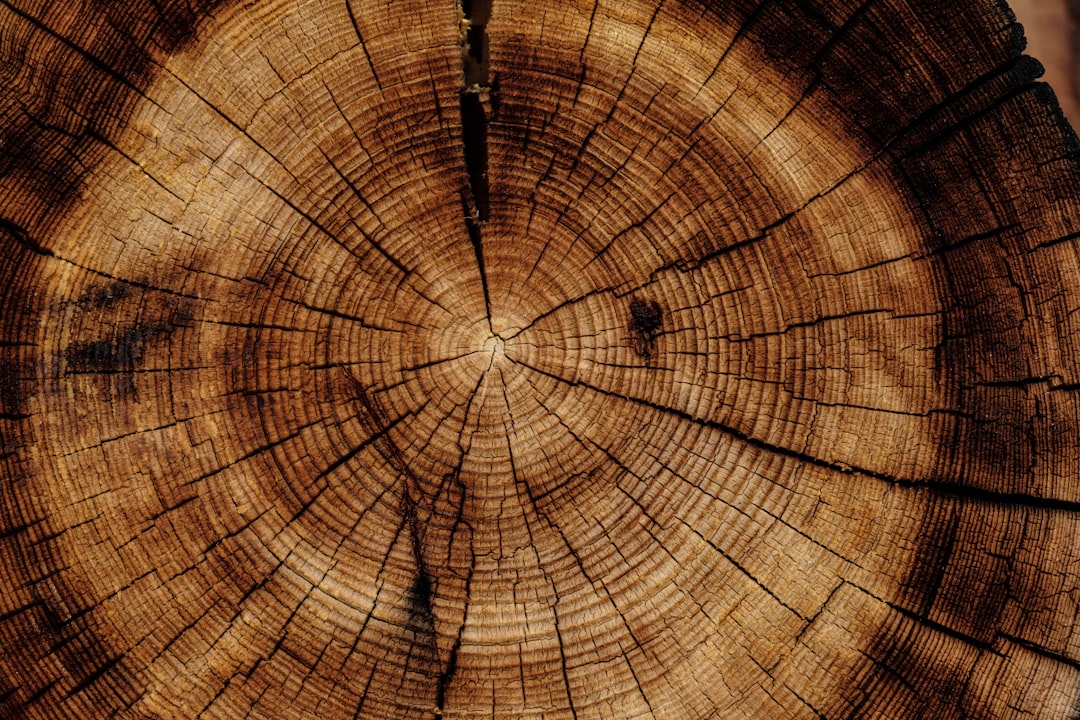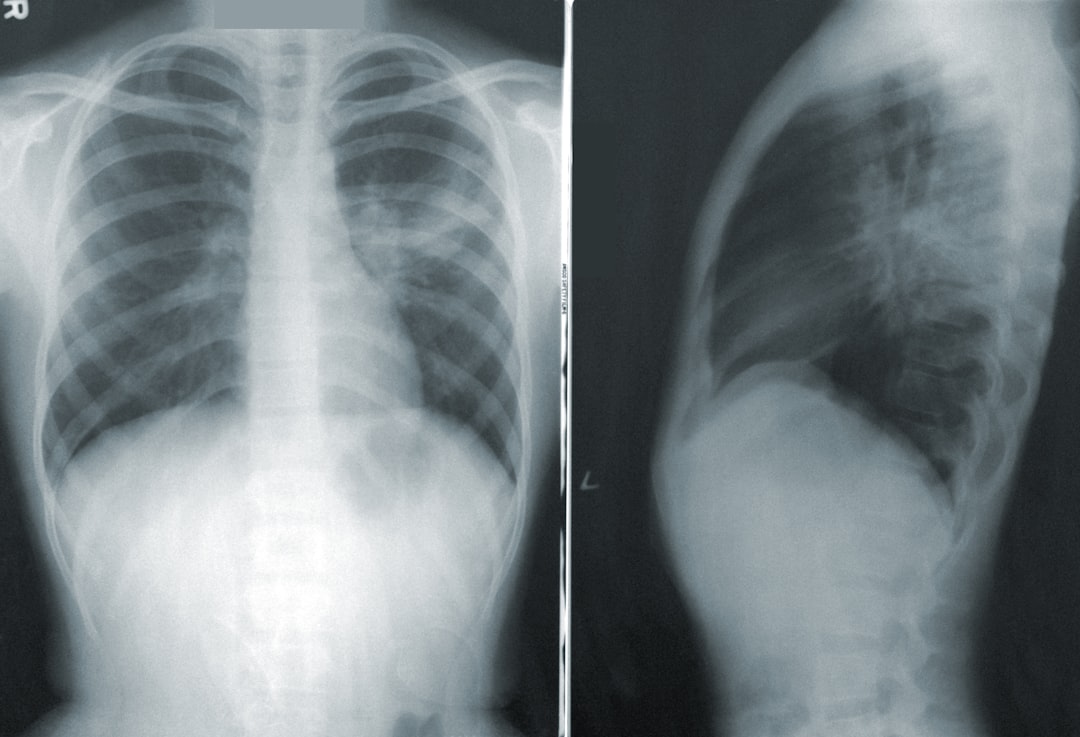What is it about?
Extremely rare fossils reveal the earliest evidence of deep-sea fishes, pushing back the invasion of the abyssal plain by 80 million years. The fish fossils have been recovered in the NW Apennines, close to Piacenza, Modena, and Livorno (Italy). The new fossils are identical to structures produced by modern fishes that feed by either scratching the seafloor or exposing their bottom-dwelling prey by suction. Thousands of meters below the surface of the Tethys Ocean, the earliest deep-sea fishes faced extreme environmental conditions relative to their shallow water origins: Total darkness, near-freezing temperatures, and colossal pressures challenged the survival of these pioneers of the abyss. The newly discovered fossils represent not just the earliest deep-sea fishes but the earliest deep-sea vertebrates.
Featured Image

Photo by Worachat Sodsri on Unsplash
Why is it important?
The newly discovered fossils are rare and unusual. They comprise bowl-shaped excavations produced by ancient feeding fishes, as well as the sinuous trail formed by the tail of a swimming fish, incising the muddy seafloor. These trace fossils do not comprise fish bones, but they record ancient behaviour. As such, the Apennine fossils mark a critical point in space and time. It is the point at which fishes moved out of the continental shelf and colonized a new harsh environment, located far away from their original habitat. The newly discovered fossils represent not just the earliest deep-sea fishes but the earliest deep-sea vertebrates. The evolution of vertebrates – backboned animals – has been punctuated by habitat transitions from shallow marine origins to terrestrial, aerial, and deep-sea environments. Invasion of the deep sea is the least-understood habitat transition because of the low fossilization potential associated with the deep sea. The new fossils shed light on an otherwise obscure chapter of the history of life on Earth. The newly discovered fossils may represent the first major step in the origins of modern deep-sea vertebrate biodiversity. Fishes such as the bathysaur and the tripod spiderfish are an important component of modern deep-sea ecosystems. The roots of modern deep-sea ecosystems are in the Apennine fossils, witnessing a key habitat transition in the history of the oceans. The new fossils reassess the mode and tempo of the vertebrate colonization of the deep sea. The newly discovered fossils contain fundamental clues about the very beginnings of vertebrate evolution in the deep sea, having profound implications for both Earth and Life Sciences.
Perspectives
Extremely rare fossils reveal the earliest evidence of deep-sea fishes, pushing back the invasion of the abyssal plain by 80 million years. This revolutionary conclusion has been presented in a new study conducted by an international team of scientists led by palaeontologist Andrea Baucon. The study has been published in the September issue of the Proceedings of the National Academy of Sciences (https://doi.org/10.1073/pnas.2306164120), one of the world's most-cited peer-reviewed multidisciplinary scientific journals. "When I first found the fossils, I can’t believe what I was seeing,” says Baucon, who discovered the fish fossils in the NW Apennines, close to Piacenza, Modena, and Livorno (Italy). The reason for the astonishment is the remote age of the fossils, which predate any other evidence of deep-sea fish by million years. The newly discovered fossils date back to the Early Cretaceous (130 million years ago). “The new fossils show the activity of fishes on a dinosaur-age seafloor that was thousands of meters deep,” Baucon says. The newly discovered fossils are rare and unusual. They comprise bowl-shaped excavations produced by ancient feeding fishes, as well as the sinuous trail formed by the tail of a swimming fish, incising the muddy seafloor. These trace fossils do not comprise fish bones, but they record ancient behaviour. As such, the Apennine fossils mark a critical point in space and time. It is the point at which fishes moved out of the continental shelf and colonized a new harsh environment, located far away from their original habitat. “The studied trace fossils are akin to the astronauts' footprints on the Moon,” says Baucon. Thousands of meters below the surface of the Tethys Ocean, the earliest deep-sea fishes faced extreme environmental conditions relative to their shallow water origins: Total darkness, near-freezing temperatures, and colossal pressures challenged the survival of these pioneers of the abyss. “As if that wasn’t enough, turbid currents swept the vast muddy plains patrolled by ancient fishes,” says Luca Pandolfi. Such extreme conditions required adaptations for deep-sea life that are evolutionary innovations as significant as those that allowed the colonization of the land and the air (e.g., wings and limbs). The newly discovered fossils represent not just the earliest deep-sea fishes but the earliest deep-sea vertebrates. The evolution of vertebrates – backboned animals – has been punctuated by habitat transitions from shallow marine origins to terrestrial, aerial, and deep-sea environments. Invasion of the deep sea is the least-understood habitat transition because of the low fossilization potential associated with the deep sea. “The new fossils shed light on an otherwise obscure chapter of the history of life on Earth,” comments Carlos Neto de Carvalho. The Apennine fossils force scientists to reconsider which factors might have triggered the vertebrate colonization of the deep sea. Baucon and colleagues propose that the trigger was the unprecedented input of organic matter that occurred between the Late Jurassic and the Early Cretaceous. The availability of food in the deep seas favoured bottom-dwelling worms, which, in turn, attracted fishes that used specific behaviours to expose them. "Behaviour: that’s what the new fossils are all about,” says Girolamo Lo Russo. In the new study, researchers used a peculiar approach to understand fossil behaviour. “We turned to present-day seas for understanding the past,” says Fernando Muñiz. Baucon and colleagues studied the behaviour of modern fishes in their habitats. “The coasts of Spain and Italy have provided the key to interpreting the fossil structures,” reveals Zain Belaústegui, supported by the words of Chiara Fioroni: “Observing modern fishes has been illuminating”. Scientists explored the depths of the Pacific Ocean to study chimaeras, also known as ghost sharks, in their living environment. “At 1500 m of depth, we observed a chimaera plunging its mouth into the sediment. We now know it was a glimpse into the past!” says Thomas Linley. The new fossils are identical to structures produced by modern fishes that feed by either scratching the seafloor or exposing their bottom-dwelling prey by suction. This reminds of Neoteleostei, the group of vertebrates that includes modern jellynose fishes and lizardfishes. “A key feature of Neoteleostei is the highly developed suction feeding apparatus, therefore, the Apennine fossils may represent a very early stage of diversification of Neoteleostei into the deep sea,” explains Imants Priede. “The present is key to the past… and vice-versa!” says Mário Cachão. The newly discovered fossils may represent the first major step in the origins of modern deep-sea vertebrate biodiversity. “Fishes such as the bathysaur and the tripod spiderfish are an important component of modern deep-sea ecosystems,” reveals Armando Piccinini. The roots of modern deep-sea ecosystems are in the Apennine fossils, witnessing a key habitat transition in the history of the oceans. “Our fossil discoveries reassess the mode and tempo of the vertebrate colonization of the deep sea. The newly discovered fossils contain fundamental clues about the very beginnings of vertebrate evolution in the deep sea, having profound implications for both Earth and Life Sciences”, summarizes Andrea Baucon.
Andrea Baucon
UNESCO Geopark Naturtejo
Read the Original
This page is a summary of: The earliest evidence of deep-sea vertebrates, Proceedings of the National Academy of Sciences, September 2023, Proceedings of the National Academy of Sciences,
DOI: 10.1073/pnas.2306164120.
You can read the full text:
Resources
Contributors
The following have contributed to this page










